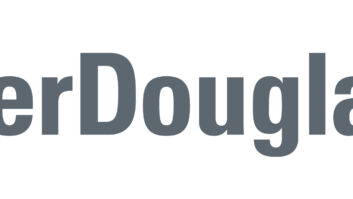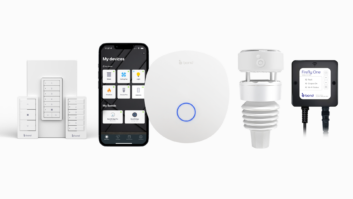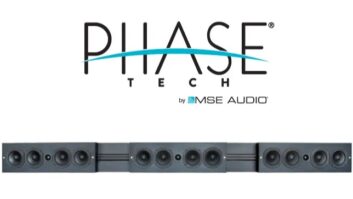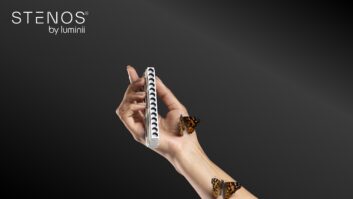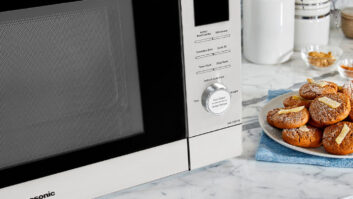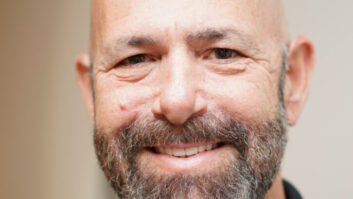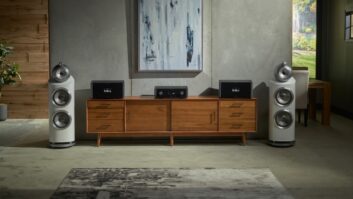Cambridge SoundWorks (CSW) will reduce its store count to two, from 15, by the end of this year because the stores are too small to display video in lifestyle settings, and to offer stepped-up custom installation services, said GM Robert Mainero.
The company, whose store count peaked at 30 in the late 1990s, closed eight stores in 2006.
Cambridge SoundWorks’ name will remain active, however, because the company will continue to sell direct to consumers via its catalog/online operation and continue to sell its Cambridge-branded home speakers and table radios at select retailers, he added.
Cambridge will revamp its flagship 6,000-square-foot store in Newton, Mass., to “test new concepts” and possibly use what it learns to open new stores that will be more custom installation and lifestyle-focused than the outlets slated for closure, Mainero said. The other surviving store, a 4,000-square-foot outlet in the Cambridge, Mass., was also more focused on custom installation and lifestyles displays than the stores being shuttered, he noted.
Despite last year’s store closures, overall CSW sales rose because of Internet and catalog sales that are “growing nicely,” international sales, the company’s OEM home-speaker business, and continued growth in sales of CSW-branded table radios and home speakers through select online and brick-and-mortar retailers such as J&R Music World and Crutchfield, Mainero said.
Mainero announced the store closures to customers in an open letter posted on its Web site. “Today, we’re changing with the times,” he wrote. “As an ever-increasing number of our customers migrate to our cambridgesoundworks.com Web site, catalogs and call centers, we’ve decided to focus our business on our direct selling roots. This means we will be closing most of our retail locations.”
Cambridge SoundWorks was founded in 1988 as a manufacturer-direct seller of Cambridge-branded home speakers via its own catalog. It opened its first store in 1991 and then expanded its brick-and-mortar presence after going public in 1994. The company’s selection grew in the early-to-mid 1990s to include other-brand audio electronics to complement Cambridge-brand speakers. TVs were added to its online/catalog and store mix in 1994, and the selection was substantially expanded in 2004.
The stores slated for closure average 2,000 square feet to 2,200 square feet in size, and half of them are in malls with footprints as small as 1,400 square feet, Mainero said. Cambridge couldn’t successfully display audio and video together in the lifestyle settings that have become commonplace in A/V specialty stores, he said. “The stores were too small for video,” he contended.
Larger stores offer more opportunity to offer custom services, he added. In a planned revamping of the 6,000-square-foot store, 5,000 square feet will be devoted to lifestyle vignettes and to custom, including system-design areas and customer-consultation areas, he said.
Other factors contributing to the closures were declining margins on other-brand products, particularly in flat-panel displays that national retailers have been discounting aggressively. High shopping mall rent and the inability of malls to draw Cambridge’s core demographic of 35- to 55-year-old men were also factors, Mainero said.
He also noted that his brick-and-mortar margins were “significantly” lower than his online/catalog margins, in large part because his online/catalog sales mix was weighted more to Cambridge-branded products, including Cambridge-branded HTiB systems priced up to $1,499.
Component audio’s decline was not a factor in closing the stores because “our [Cambridge-branded] speaker business was healthy at retail,” Mainero said.
Financial losses by parent Creative Labs were “a very small part of the decision” to close stores, a Cambridge spokesperson added. Creative bought Cambridge in 1997. Because of losses in fiscal 2006, ended Sept. 30, 2006, the company has embarked on multiple turnaround strategies, including “reducing the overall level of operating expenses,” according to Creative’s 2006 annual report.
During Creative’s 2006 fiscal year, sales fell to $1.1 billion from $1.2 billion, gross profit as a percentage of sales fell to 15 percent from 22 percent, and the company posted a net loss of $118 million, compared with net income of $0.6 million. Excluding investment gains and one-time charges, the net results would have been a loss of $95 million for fiscal 2006 and loss of $9 million for fiscal 2005, said chairman Sim Wong Hoo in the annual report. He blamed a “turbulent and disruptive business environment for MP3 players” that produced “a steep decline in gross margins, resulting in a large operating loss and a net loss for the fiscal year.”
To turn things around, he said in the report, Creative will focus on several key strategic areas, including a reduction in its MP3 player selection and a focus in its speaker business on MP3-docking speaker systems, headphones and lifestyle speakers for the home. The company would also explore “strategic alternatives for improving operations” in the areas of supply chain, procurement and inventory management, he said.




